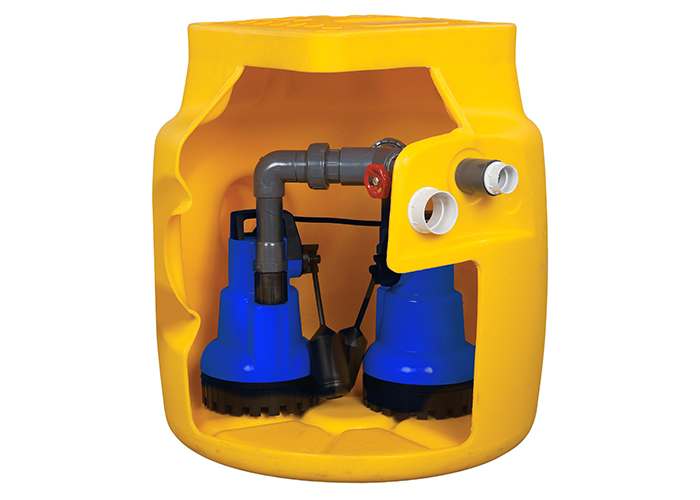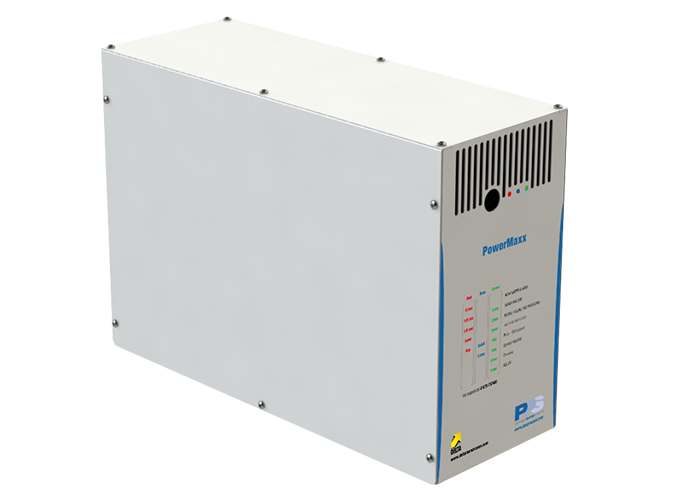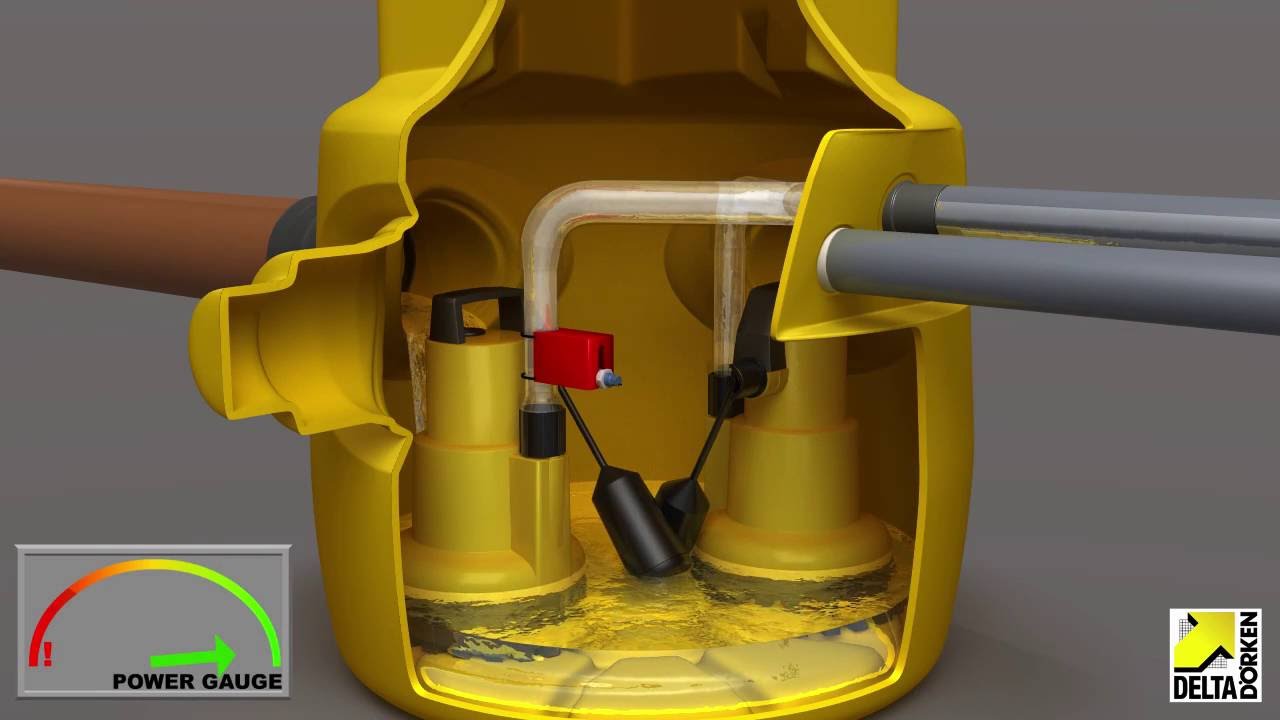
WHAT ARE PUMP STATIONS?
Unless a basement structure has been constructed into a suitable sloping site the likelihood is that a cavity drainage system will require a method of groundwater collection and removal. This is achieved using a pump station.
Cavity drainage systems use studded membranes that are applied to wall and floor surfaces. Their studded profile forms a void that allows water to freely run to the base of walls into subfloor drainage channels. The drainage channels then lead to a sump chamber that is located below the level of the floor. As water runs through this system, the sump chamber collects it. Once water reaches a certain level, a pump will automatically operate and pump out the water to a suitable external drainage location.


A pump station is the heart of the system it is installed within. Without it, the system would fail in the event of groundwater entry. For this reason, it is considered to be the most important component of many cavity drainage systems. For this reason, the pump station should always be designed with thought and understanding of its purpose.
Current waterproofing good practice calls for a pump station to include a primary pump, a secondary back-up pump, and a battery back-up system that is capable of powering a pump in the event of mains power failure. A water level alarm should also be installed to indicate the failure of the system.
Because a pump station is a mechanical part of the waterproofing system it needs to be monitored and maintained. The frequency and methods of maintenance depend on many factors and range from annual checks and cleaning of components to real-time, remote monitoring.
We are able to design, install and maintain a wide range of pumping systems that cater for all environments.


